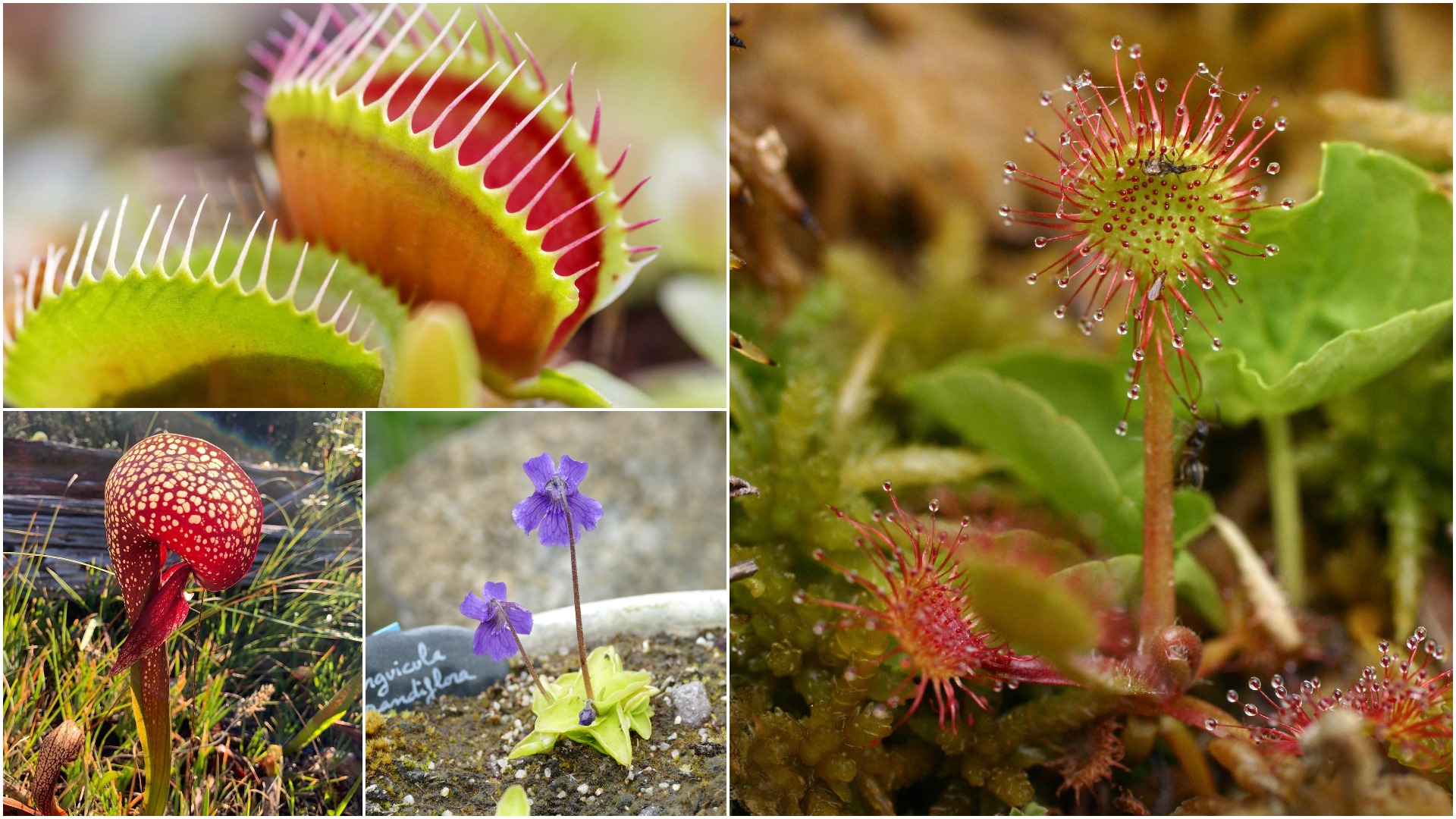
Caring for carnivorous plants is sometimes a mystery due to the lack of knowledge about their properties. In temperate zones, Europe, and Africa, they are uncommon. Tropical climes, on the other hand, are ideal for these plant species. Indeed, they proliferate in places like America, Asia, and Australia.
These plants pique people’s interest because of their ability to capture insects. However, keeping them alive necessitates a thorough understanding of them. We will reveal the secrets of these plants in this post so that you can become an expert in their maintenance.
Characteristics of Carnivorous Plants
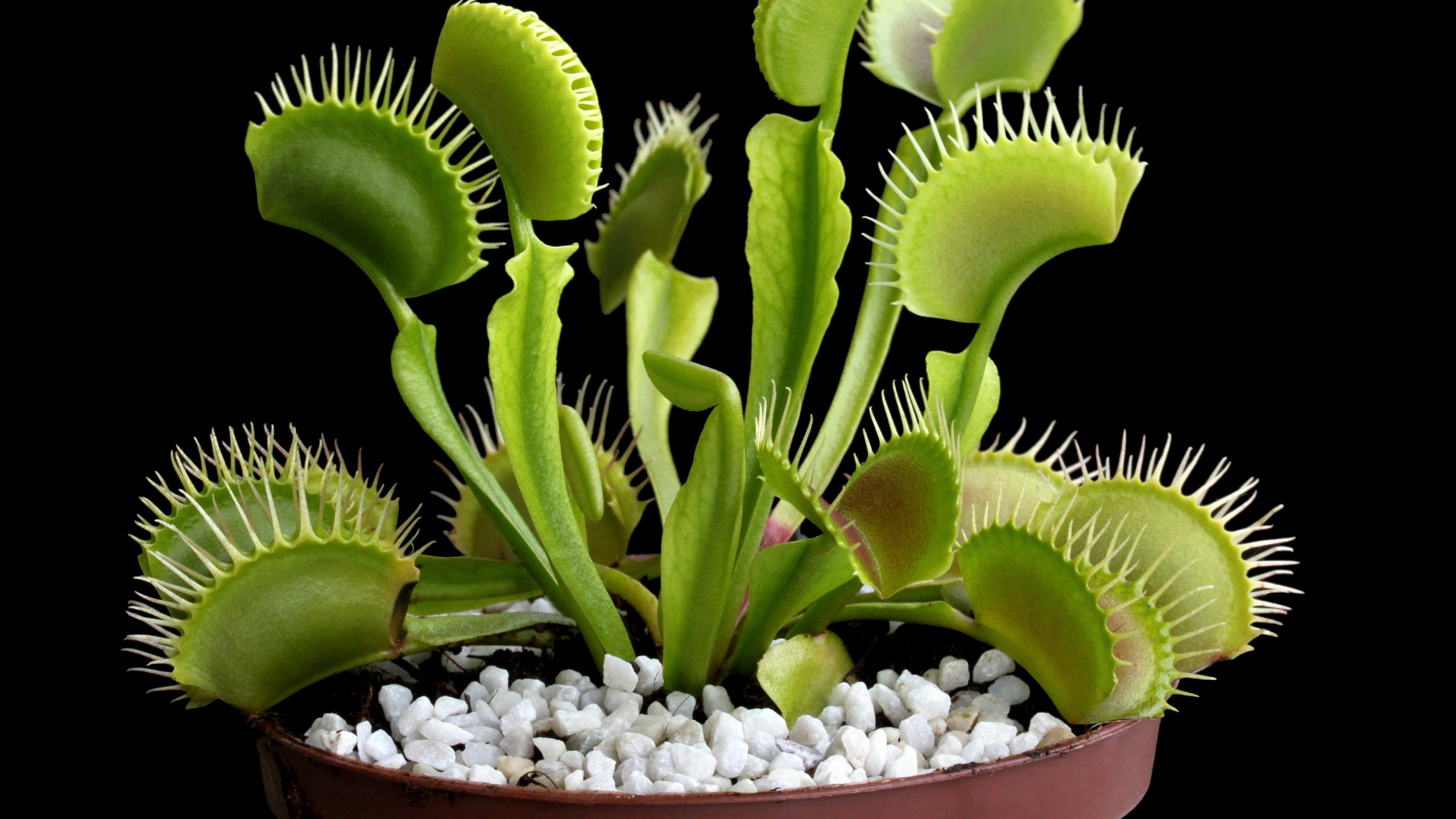
Carnivorous plants evolved insect hunting as a means of adapting to dry, nutrient-depleted soils. In reality, peat bogs or marshy plains, where insects proliferate and the ground has a certain degree of dampness, are their preferred habitats.
The leaves, which operate as a trap, are another distinguishing feature of these plant species. There are two types: active traps and passive traps. Active traps are those that catch the victim by making abrupt movements. And there are the passive traps, which trap insects using liquids or sticky substances.
But what about the vitamins and minerals they require? Insects are a useful supplement, but they are not the primary supply. Like most plants, it gets most of its energy from water, mineral salts, and photosynthesis. They do, however, prove to be the most difficult to care for at home, particularly those from tropical areas.
The Best Pots to Carnivorous Plant
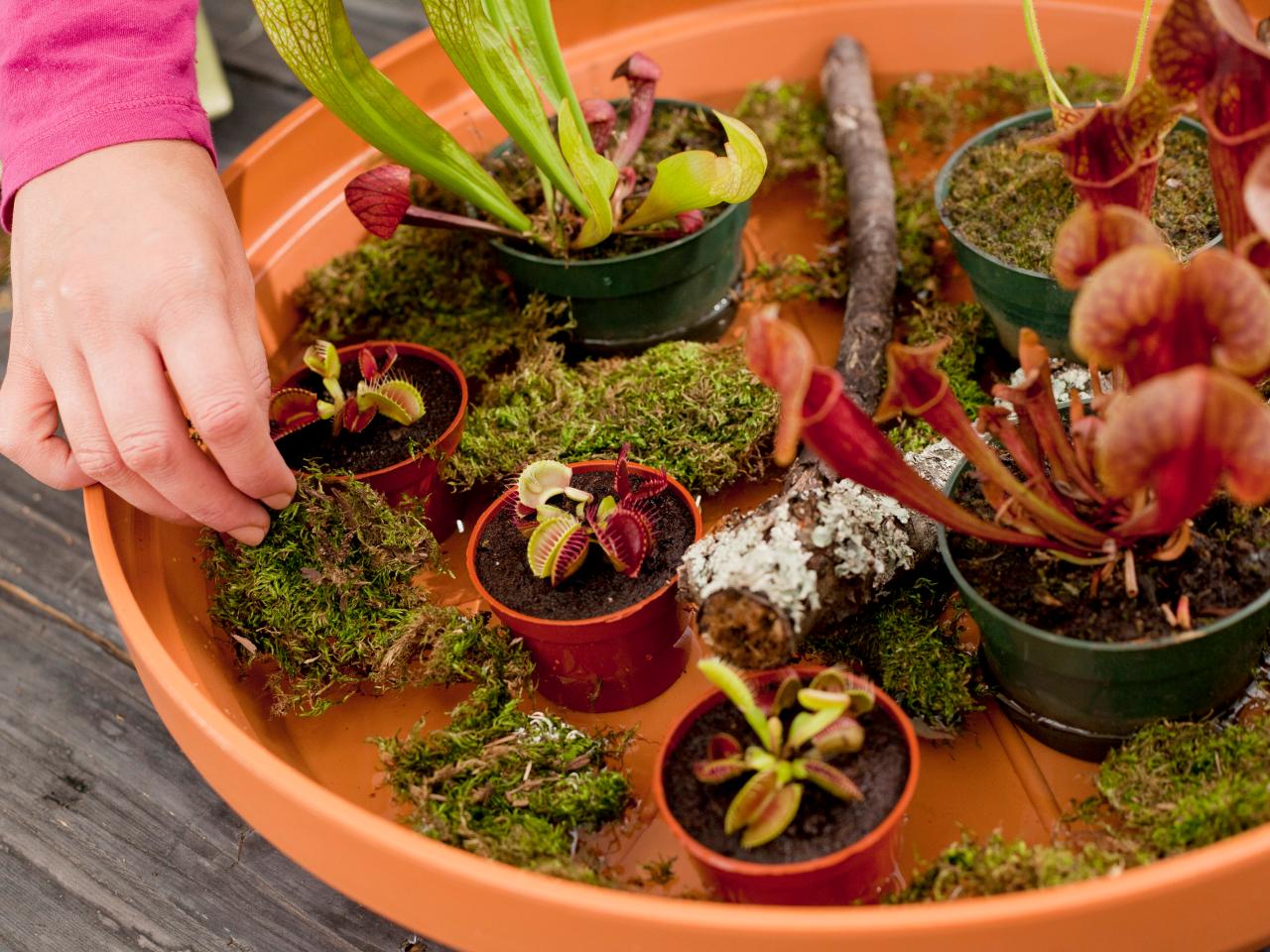
Plastic containers are ideal for your carnivorous plant, while porcelain and glass are also viable options. Yes, absolutely! Avoid those constructed of terracotta or other porous materials because when you water the plant, these materials might release minerals and other particles that dissolve in the water and harm the roots that absorb them.
Irrigation and Feeding of Carnivorous Plants
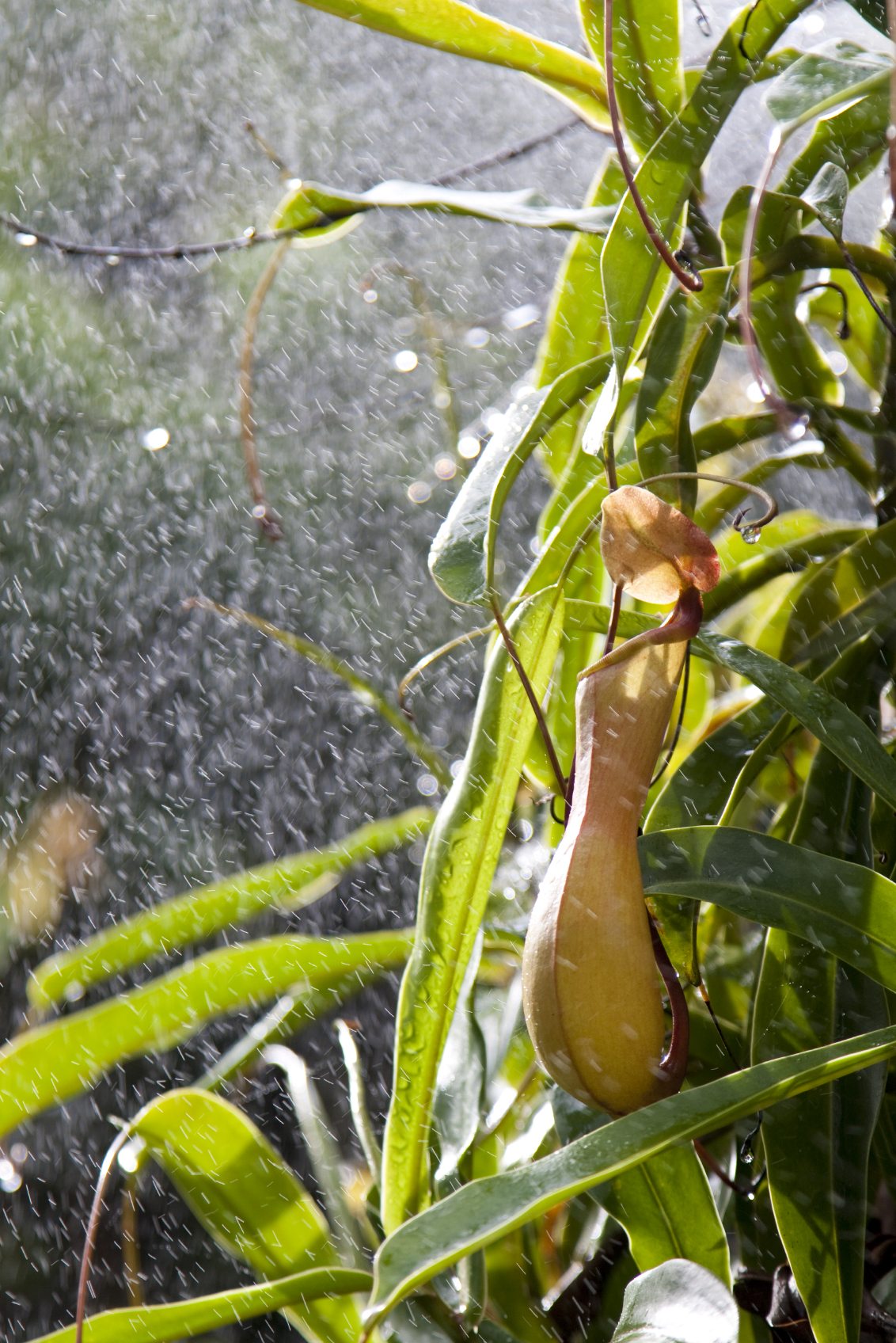
What is the secret to keeping them hydrated? It’s crucial to stay away from tap water since it contains minerals that build up until they’re killed. As a result, we recommend using demineralized water, which may be found on Amazon. To pour the water, place the pot on a 3 cm deep container. The plant absorbs it this way, avoiding direct contact with the roots and any bacteria that may build in the container.
Giving them more than two insects every month is not suggested in terms of nourishment. As long as you keep it in a location where they won’t be able to track it down on their own. Why? They become intoxicated as a result of their excessive consumption of insects. You should also consider the time of year when your kind of carnivorous plant typically catches them. Applying a nutrient-rich substrate, such as this one, is a method that can be utilized to keep these vegetables in good shape.
Temperature and Light
Depending on whether the carnivorous plants are tropical or not, the conditions for determining temperature and light change. Non-tropical plants should be kept at around 5oC for 3 to 5 months to allow their hibernation process to be respected. Tropical plants should be kept in a warm environment all year.
These plants require 5 hours of direct sunshine every day on average, but not during the brightest hours. Non-tropical plants like Drosera Rotundifolia, on the other hand, should avoid direct sunlight because they have a tendency to burn.
Pests and Diseases
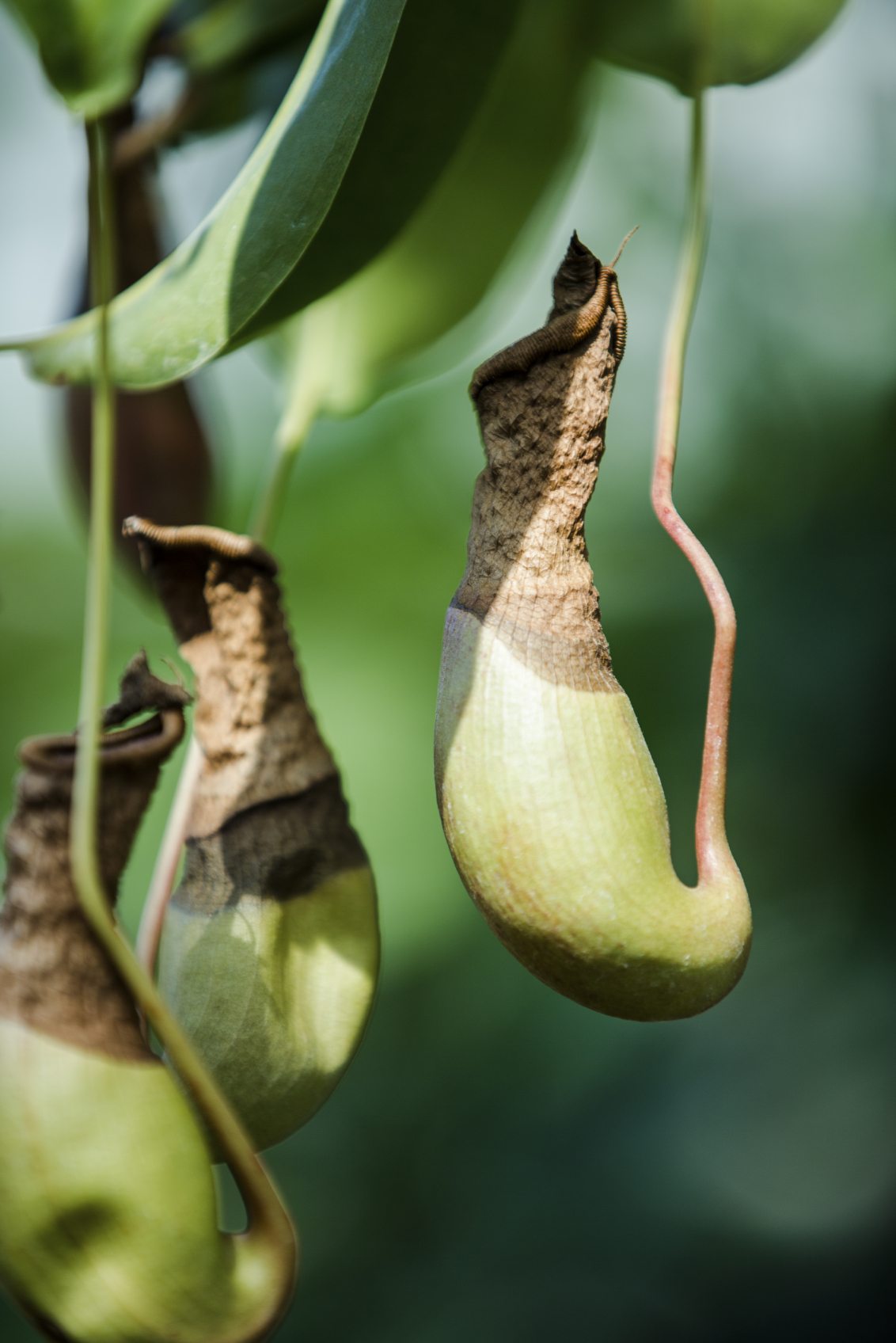
Keep an eye out for excessive humidity and heat! Gray mold and rotting stems can be caused by them. If this occurs, it is best to remove the infected areas to prevent the spores from spreading to other parts of the body.
Aphids and mealybugs can also join the festivities and start sucking the sap. Furthermore, they generate a sticky liquid that sticks to the leaves and eventually causes the hole to emerge, as well as a fungus that prevents the plant from receiving oxygen and darkens it.
5 Types of Carnivorous Plants
And how are you going to get out of this post without understanding what some of these plants are? We’ve compiled a list of our top 5 carnivorous plants:
Venus Flytrap
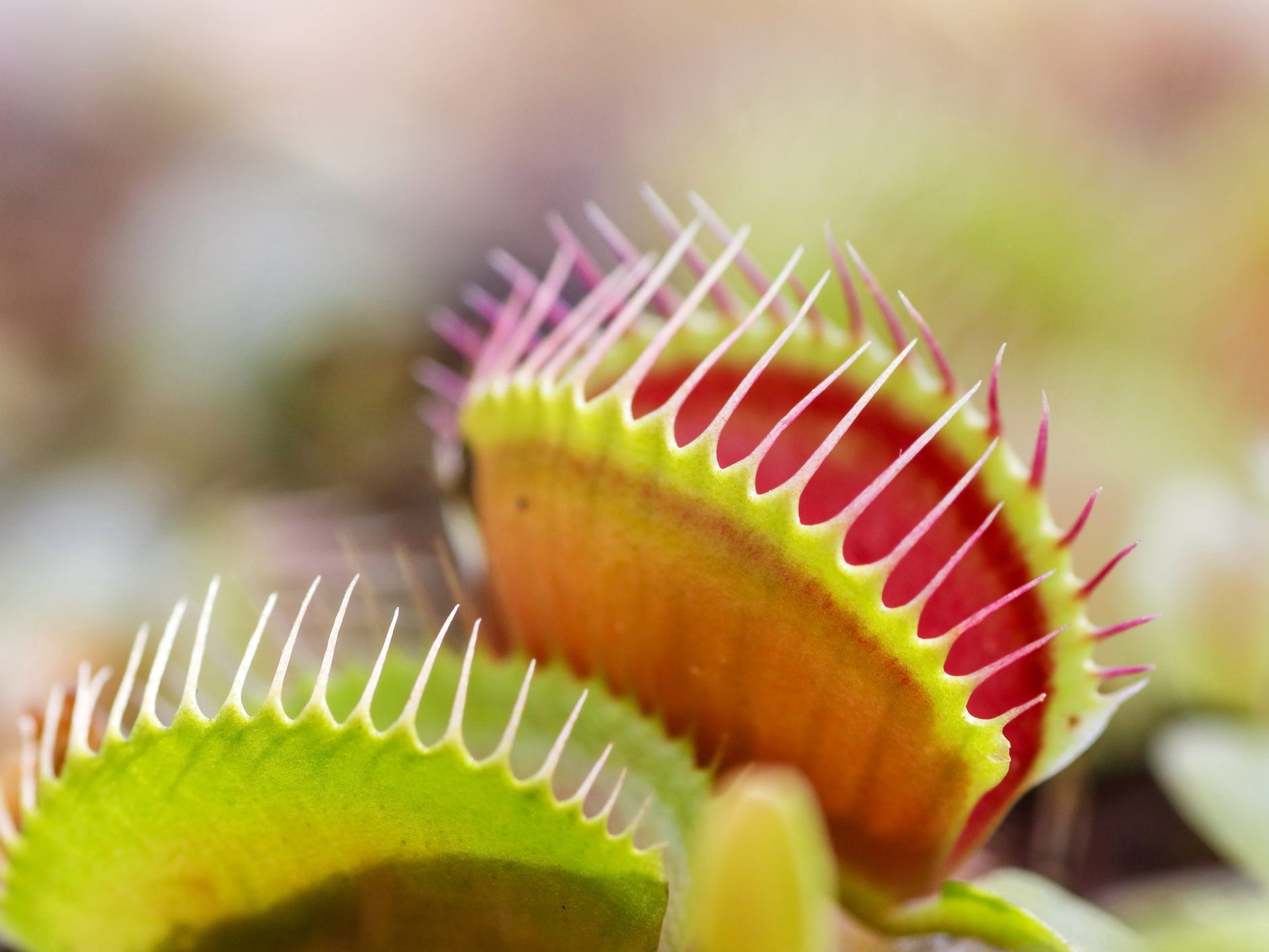
It is the most well-known! Its role in Mario Bros. video games is to eat the characters. It has the potential to be an excellent mosquito repellent in real life. The Venus flytrap, or Dionaea muscipula as it is more generally known, is a North Carolina native.
The leaves of this plant have a jaw-like look with multiple little teeth. Furthermore, it will eat any insect except pollinators, and be aware that it only collects bugs in the summer.
Drosera Rotundifolia
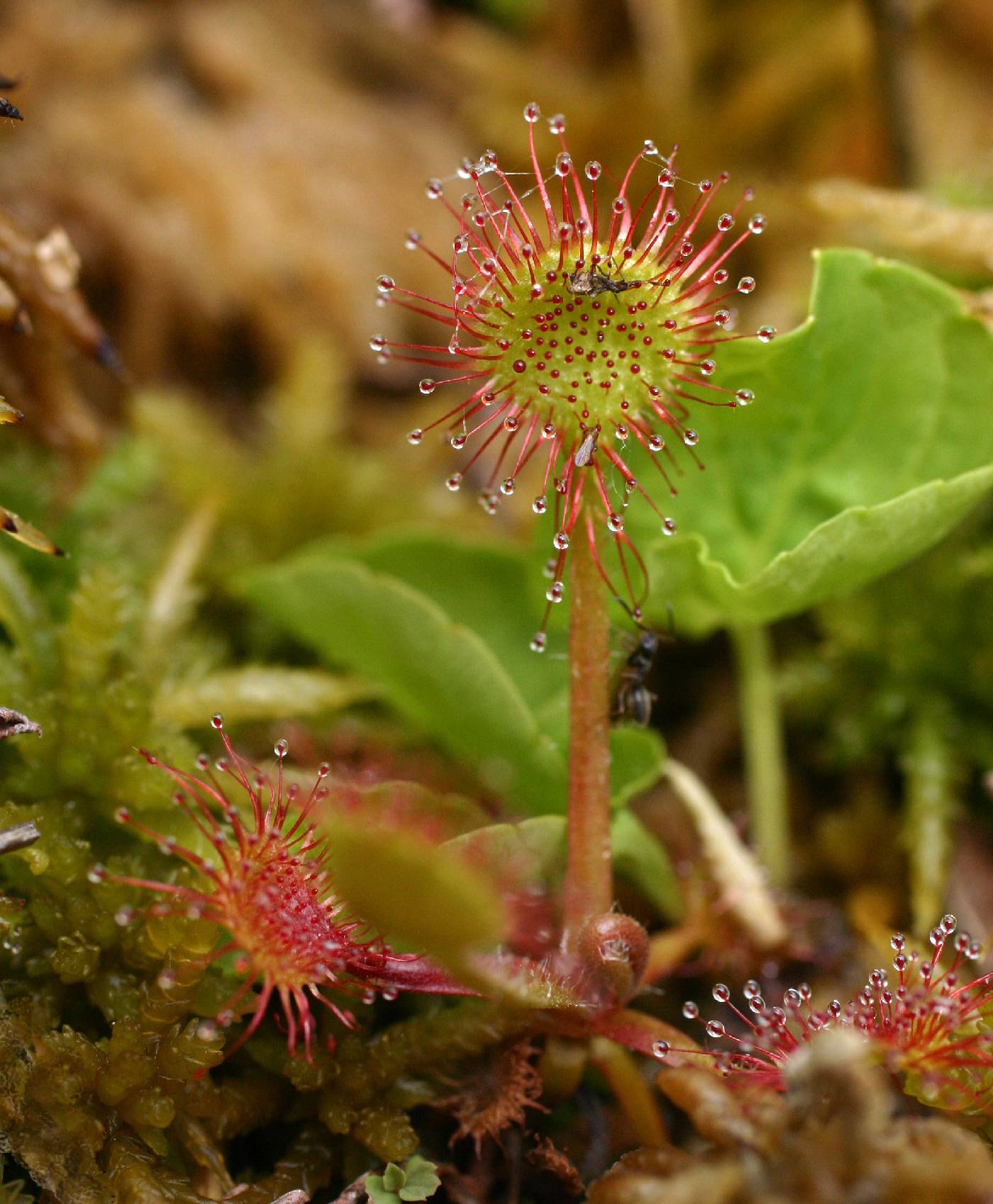
This is the second-largest plant genus! Drosera Rotundifolia is a subspecies of Drosera that can be found in the Pyrenees, Galician woodlands, or the north of Spain.
They can reach a height of about 20 cm and bloom during the summer. Although it has a high capacity for regeneration, we recommend exposing the plant to the light for a few hours during the most challenging seasons (autumn and winter). But stay away from direct sunlight! Because they are extremely sensitive. Last but not least, you should preserve it at temperatures above 4 degrees Celsius.
Darlingtonia Californica
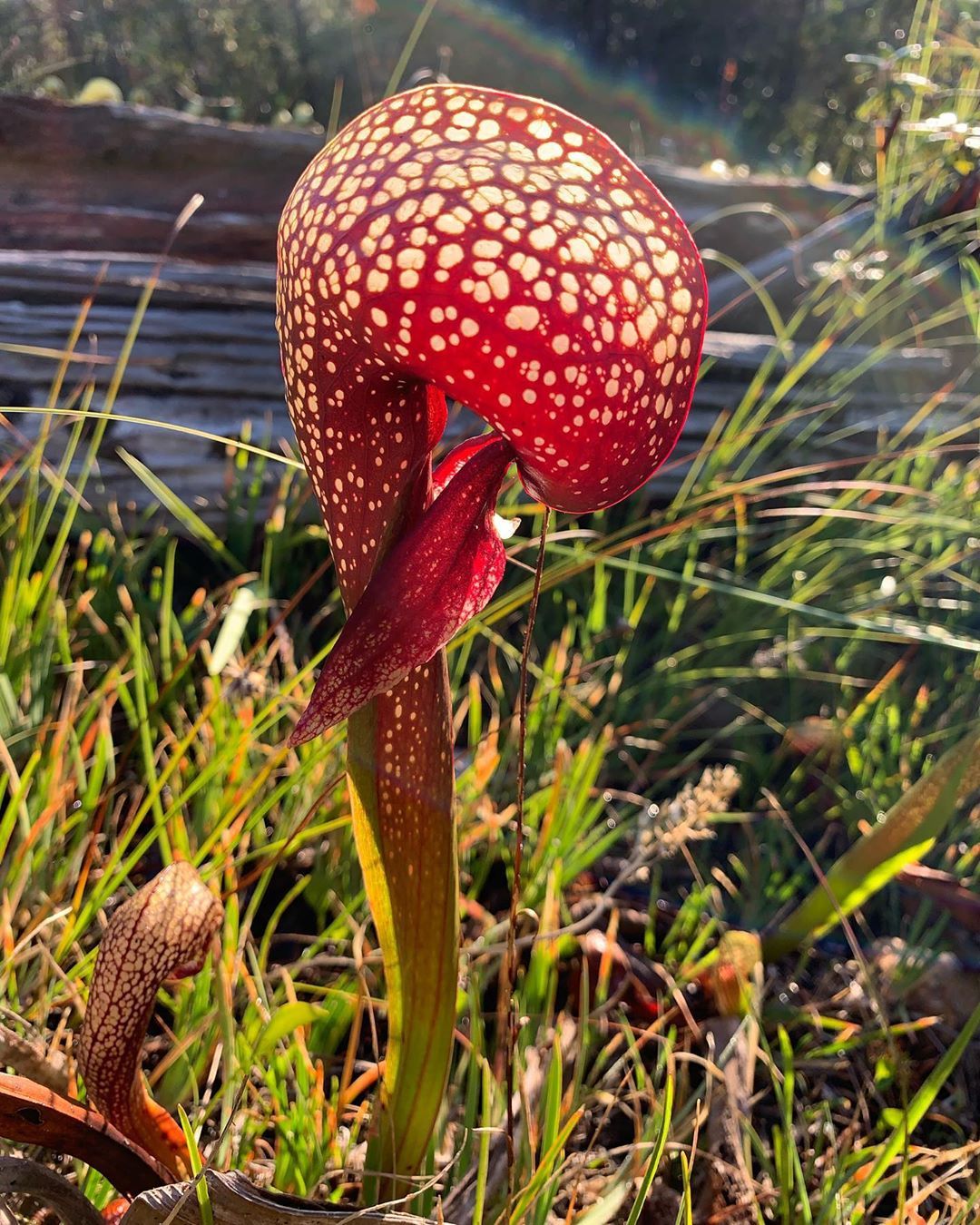
Darlingtonia Californica has hood-shaped leaves that grow up to 30 cm in length. Because of these characteristics, it is commonly referred to as cobra lily. Its leaves can rotate 180 degrees during development and generate a sweet nectar that attracts insects.
Insects, on the other hand, are fooled by the transparent impression created by the hood’s walls, believing that the cavity provides an easy path out. Wasps or flies, which are the customary diet, hit with the walls as they enter the hole and fall into the tube, unable to climb.
This species’ autochthonous regions are frequently associated with thawing ground. As a result, it’s best to maintain the plant’s roots moist, even though the outer part of the plant can tolerate temperatures between 5 and 15 degrees Celsius in the winter. In the summer, however, the temperature ranges from 20 to 30 degrees Celsius.
Cephalotus Follicularis
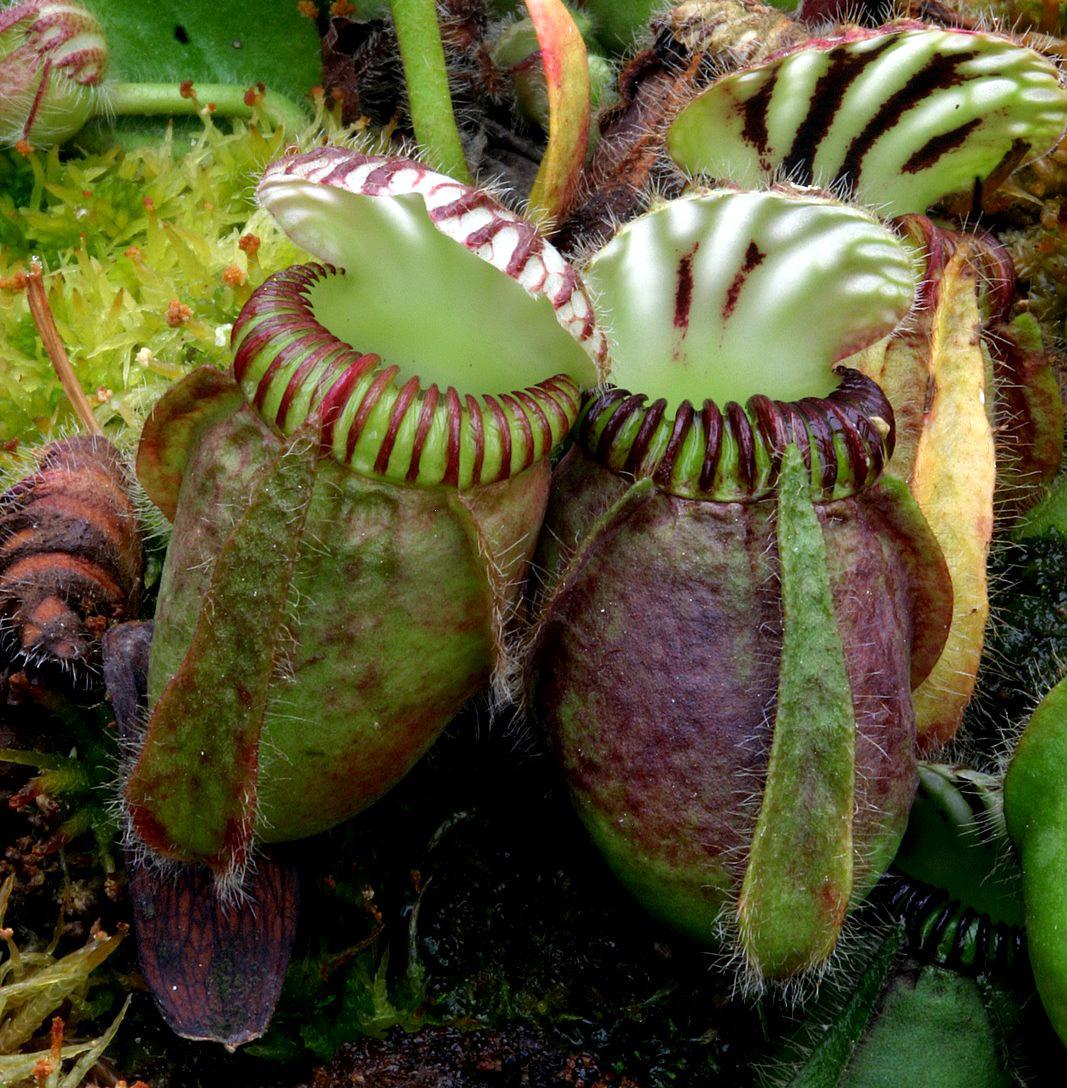
Because of the shape of its leaves, Cephalotus Follicularis is sometimes known as the pitcher plant. It is native to south-west Australia. It grows more compactly than Darlingtonia Californica. This subspecies also has both regular and trap leaves. The herbivorous ones emerge in the spring, while the carnivorous ones emerge in the summer.
Did you know it has an extremely slow pace of growth? If kept under ideal conditions, it has a half-life of roughly 5-6 years. To accomplish this, plant them near windows and keep the roots moist. It should be a comfortable temperature.
Pinguicula Grandiflora
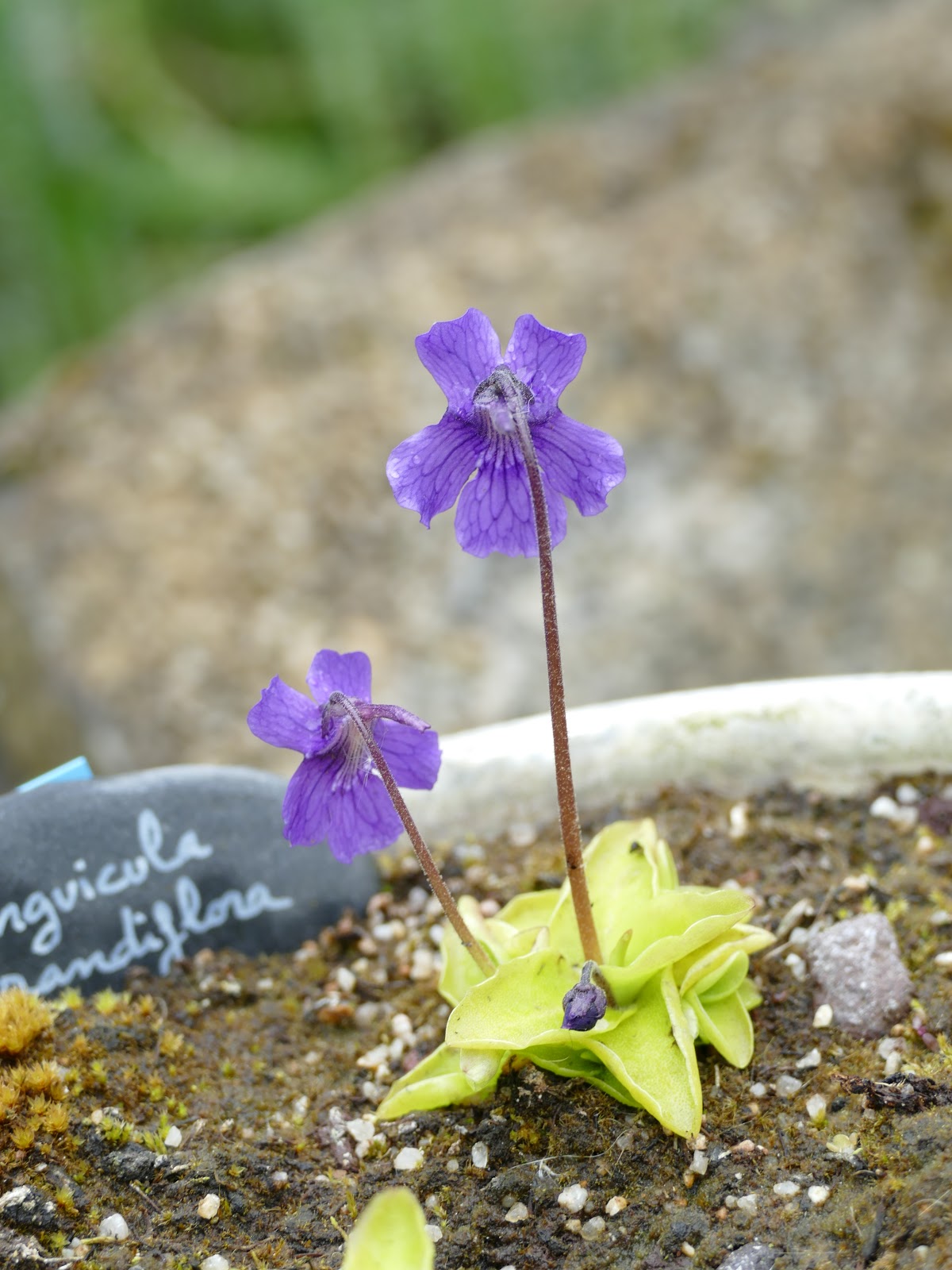
Of all the plants we’ve taught you, the Pinguicula Grandiflora has the most stunning blossoms. They have a purple tint and bloom in the spring. The upper blade’s sticky texture attracts insects by adhering to them.
This plant should be watered frequently but not excessively. Waterlogging should be avoided during the autumn and winter months, as this is when the plant’s growth slows.
If you’ve read this far, you’re already an expert! It can be tough to learn how to care for plants because their qualities are unknown.






